Description
Japa Mala Red Sandalwood: Benefits, Meanings, and Spiritual Practices
The Japa Malas with 108 beads, plus 1 Guru or Meru, made of Red Sandalwood or Rosewood, are sacred instruments of meditation and devotion deeply rooted in Hindu and Buddhist traditions. Besides facilitating the recitation of mantras, they carry special energies that promote well-being, spiritual connection, and personal transformation.
The Japa Mala Red Sandalwood and Divine Energy
Red Sandalwood (Pterocarpus santalinus), a precious wood native to India, is valued for its purifying and healing properties. This wood, associated with the heart chakra, symbolizes compassion, love, and renunciation of the mundane. In the context of Vedic astrology, it is especially effective in pacifying Mars, a planet linked to energy, courage, and passion.
Spiritual Benefits of the Japa Mala Red Sandalwood:
Attracts abundance and prosperity.
Amplifies concentration and aids in meditative practices.
Dispels negative energies, promoting calm and positivity.
Increases connection with the atma (soul) and superconsciousness.
Hindu scriptures, such as the Padma Purana, mention the use of Red Sandalwood in rituals to invoke Ganesh, the remover of obstacles, and the Divine Mother. This wood is also recommended for reciting mantras like “Om Bhomaiya Namah”, aimed at harmonizing Mars.
Difference Between Natural and Painted Red Sandalwood Japa Mala
Natural Red Sandalwood Japa Mala: Preserves the original color and authentic fragrance of the wood. Suitable for those seeking greater spiritual connection and purification.
Painted Red Sandalwood Japa Mala: Offers a vibrant appearance, ideal for devotional practices that require visual focus. Although painted, it still conveys the calming and purifying energy of natural White Sandalwood.
The detail of the Buddhist knot or endless knot (painted) in some versions of the mala symbolizes the interconnection of beings and the Universe, reflecting harmony and eternity. Also known in Sanskrit as the eternal knot. For Buddhists, it is a symbol of connection between all beings and events representing the perfect harmony of the universe.
The endless knot is one of the “eight auspicious symbols” of Buddhism and has no beginning or end. In Tibetan culture, the infinity knot is one of the most precious auspicious symbols because it represents the timeless teachings of Buddha.
In Tibetan Buddhism, the Buddhist knot also represents the Karmic cycle known as Samsara, which continues eternally until the soul attains liberation.
Vedic Astrology and the Use of Red Sandalwood Japa Mala
In Vedic astrology, Mars plays a crucial role in defining personal energy and challenges. People with Mangal Dosh (adverse influence of Mars) can greatly benefit from using the Red Sandalwood Japa Mala. The mala helps balance these influences, bringing tranquility and clarity.
Hanuman Pooja and Mantras The Red Sandalwood Japa Mala is widely used in performing Hanuman Pooja or during the recitation of the Hanuman Chalisa. This practice strengthens courage and eliminates fears, tuning the devotee with the divine strength of Hanuman.
How the Japa Mala Promotes Atma Development
Regular use of a Japa Mala aids in spiritual growth by focusing the mind and creating a deep connection with the inner Self. The practice of japa (mantra repetition) invokes positive vibrations, purifying karma and leading the soul towards moksha (spiritual liberation).
Curiosity: According to the Bhagavad Gita (Chapter 10, Verse 25), among the mantras, Lord Krishna claims to be the japa, demonstrating the supremacy of this practice in spiritual elevation.
Choose the Ideal Japa Mala for You
- For intense spiritual focus: Natural Red Sandalwood.
- For vibrant and visual energy: Painted Red Sandalwood.
- For emotional healing: Rosewood.
Each mala is a divine tool that not only complements your spiritual practices but also acts as a protective amulet, promoting well-being in all aspects of life.
About Japa Malas
A Japa Mala, or simply mala (Sanskrit: ला; mālā), refers to a series of beads, popular in India and Buddhist countries, used to keep count while reciting, chanting, or mentally repeating mantras or the name(s) of a particular deity. In both India and Asia, the recitation of mantras is a very popular practice. As sacred utterances, mantras can be silently repeated or sung for different reasons and purposes. Used predominantly by Hindus, Buddhists and Sikhs as auxiliaries of meditation and devotion, mantras are sound vibrations that instill concentration in the devotee and facilitate spiritual growth.
Japa Mala’s devotional practice resembles the Catholic use of the rosary – the Rosary. Both strings of beads help their respective religious believers record the number of times the prayer/mantra has been said.
The Sanskrit word Japa is derived from the Jap root, which means “to pronounce in a low voice, to repeat internally, to murmur”.
A wide variety of materials is used to make suitcase accounts. In Hinduism, the Vaishnavas usually use Tulsi’s Japamala beads. Shaivites use the Rudraksha beads. Aghori practitioners usually use human skull fragments for their bags.
Some Tibetan Buddhist traditions call for the use of bone (animal, more common yak) or sometimes human, with past Lamas bones being the most valuable. Others use wood or seeds from the Bodhi tree or seeds from the Lotus plant. Semi-precious stones, such as Cornaline and Amethyst,can also be used. The most common and least expensive material is sandalwood. In Hindu Tantra, as well as in Buddhist Tantra or Vajrayana, the materials and colors of beads can relate to a specific practice.
NOTE: Original Red Sandalwood Japa Malas come with a certificate of authenticity. They are handmade in India.
100% Original and natural Sandalwood
There are various pieces, and they all vary in color, size, and texture as they are natural and unique woods in their essence.
If you have any questions regarding this product on the Templo de Buda website, you can contact by Whatsapp, email, Instagram or Facebook.
Wholesale
There are special prices for resale. You can see more here


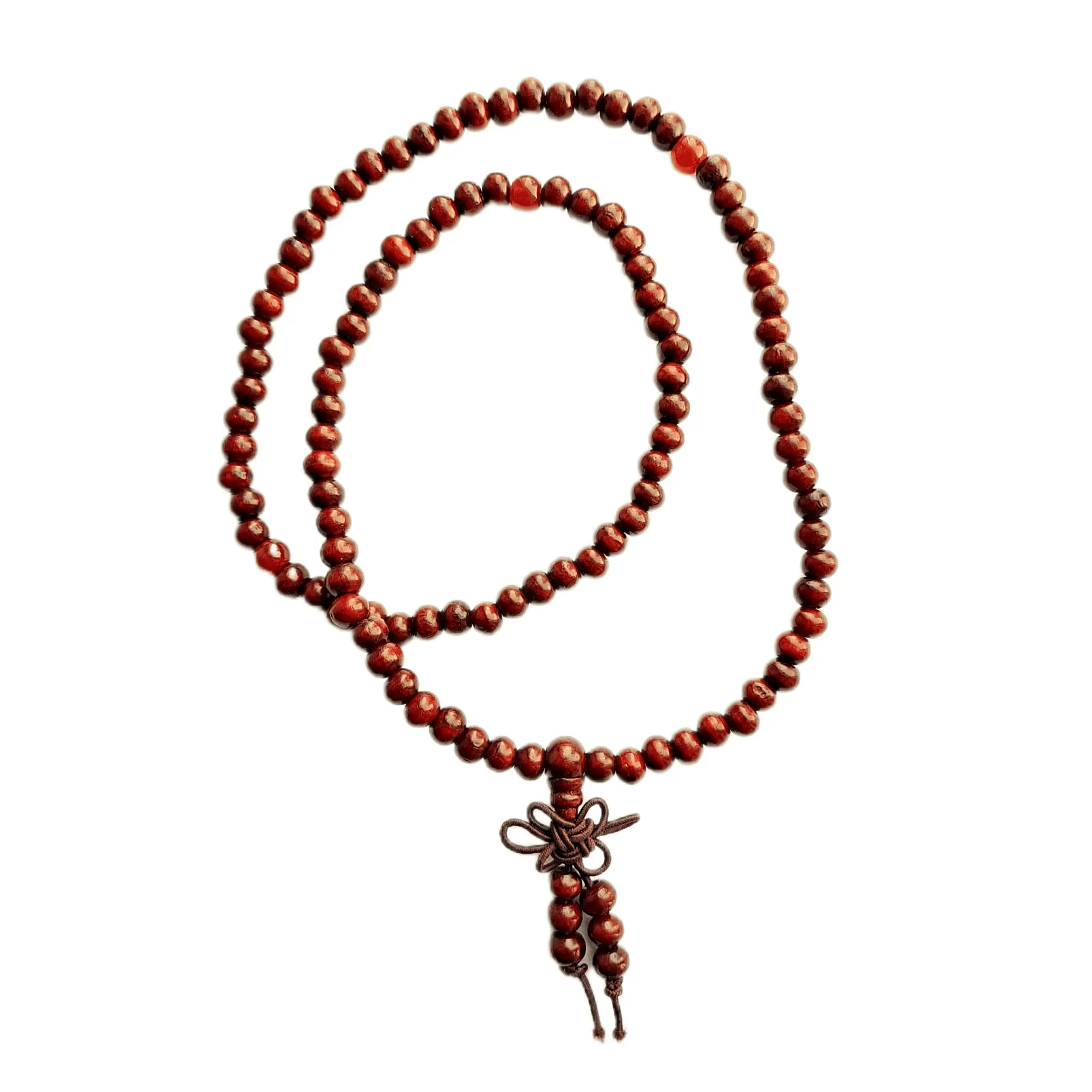
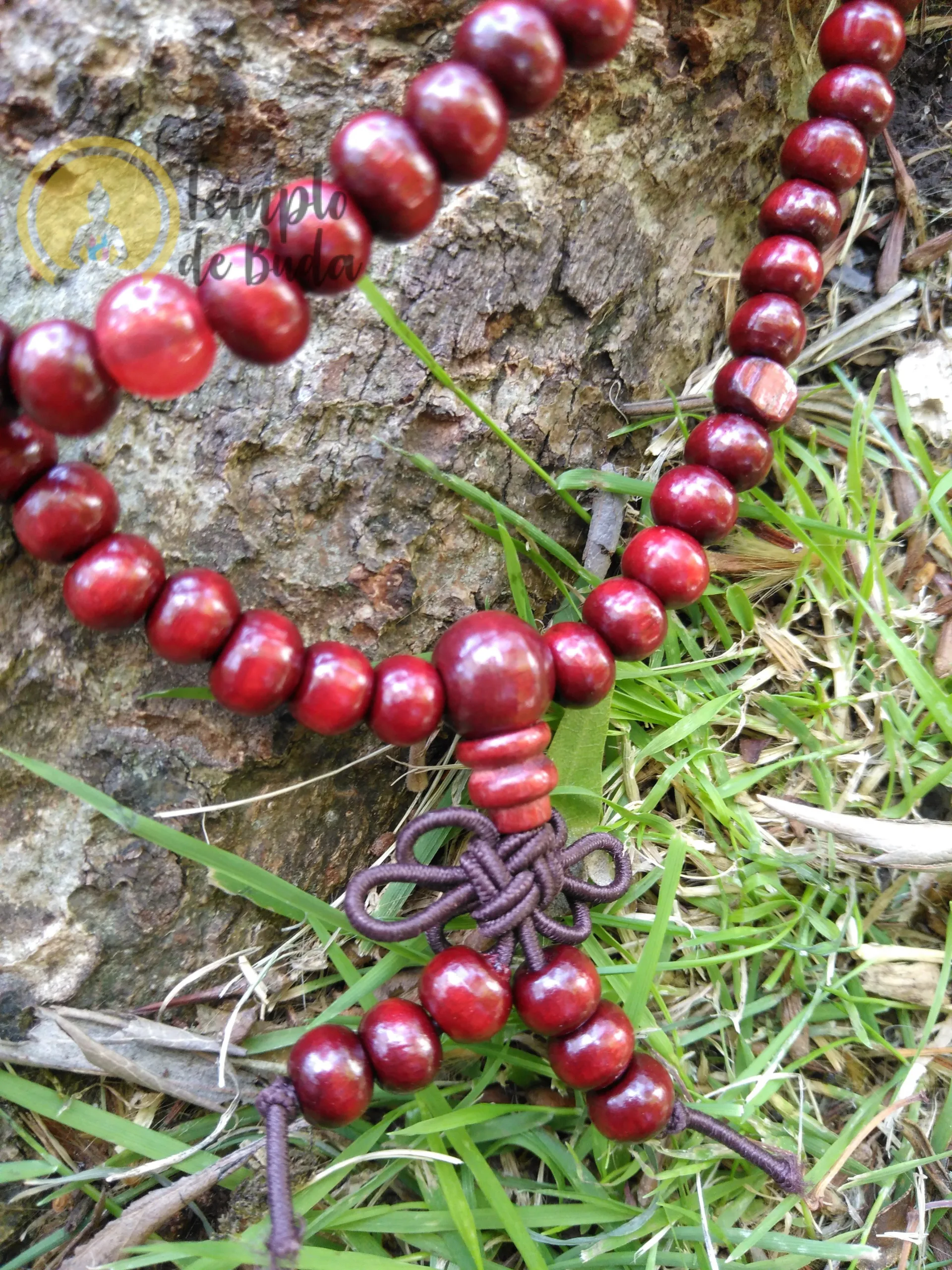

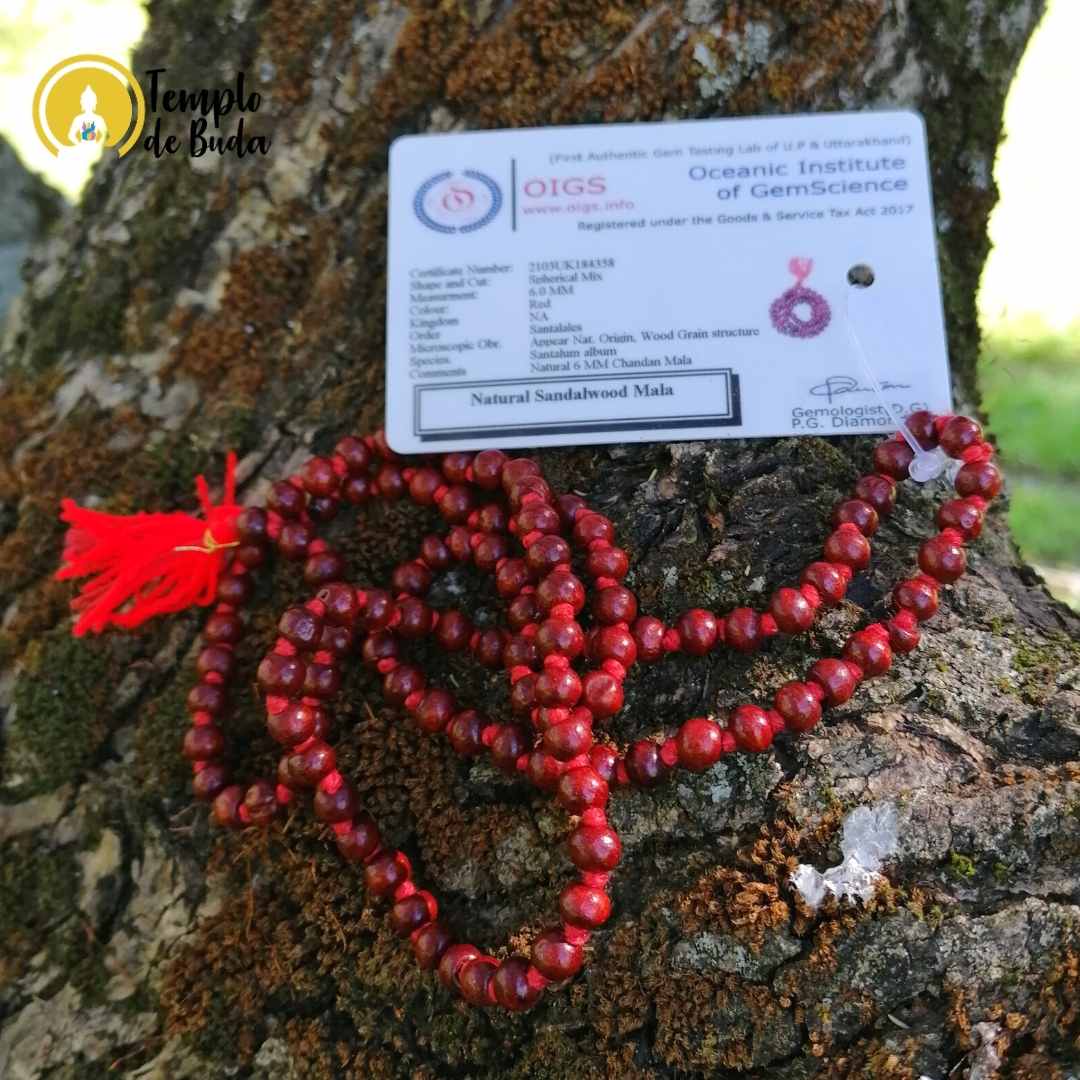
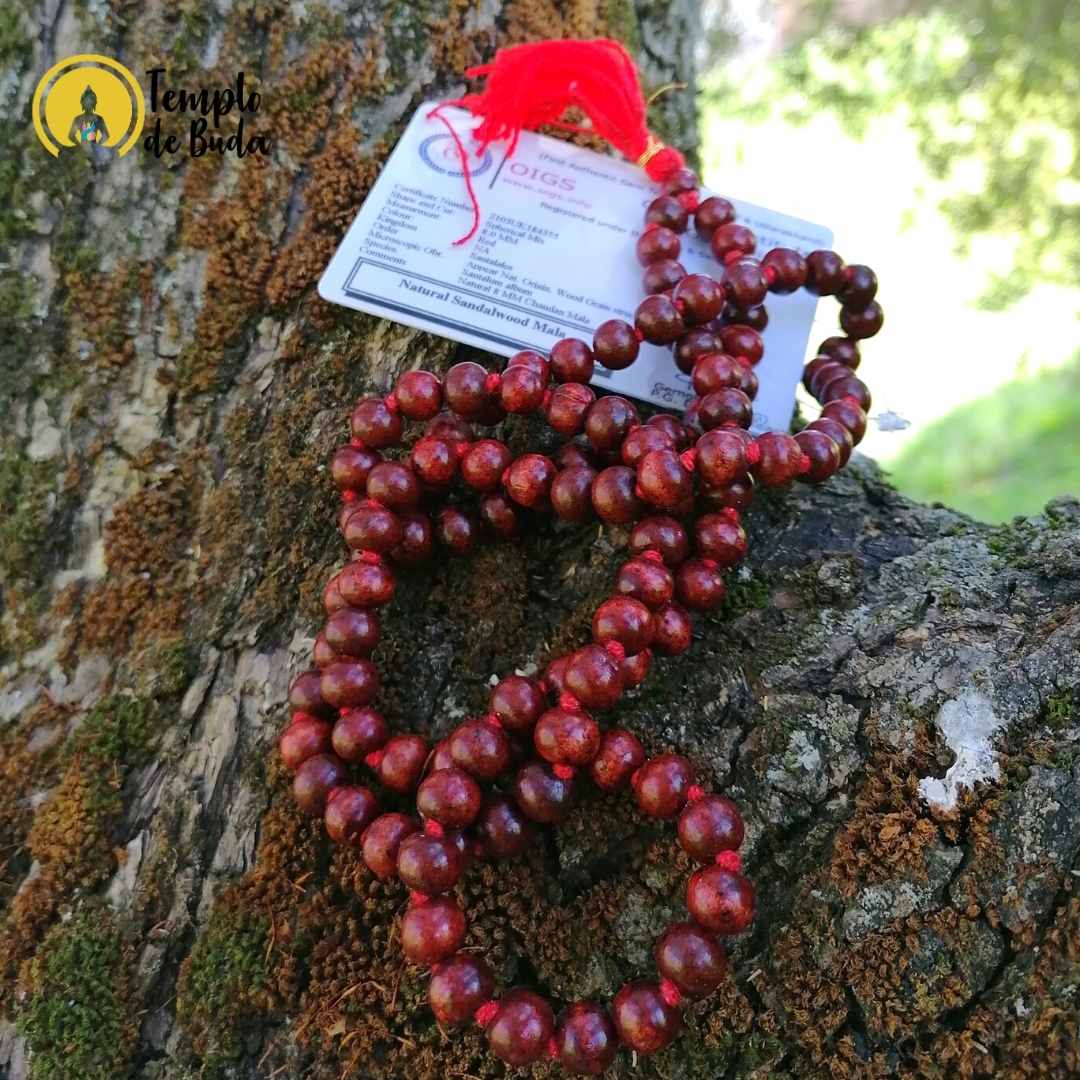
 Adquira este produto e obtenha
Adquira este produto e obtenha 

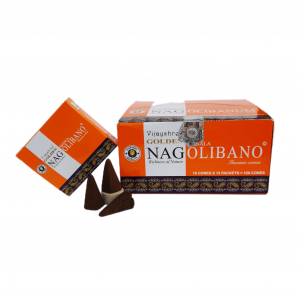
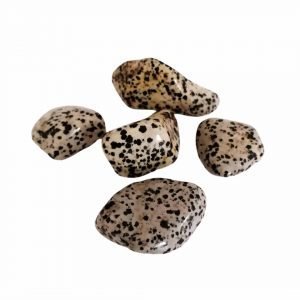
Reviews
There are no reviews yet.